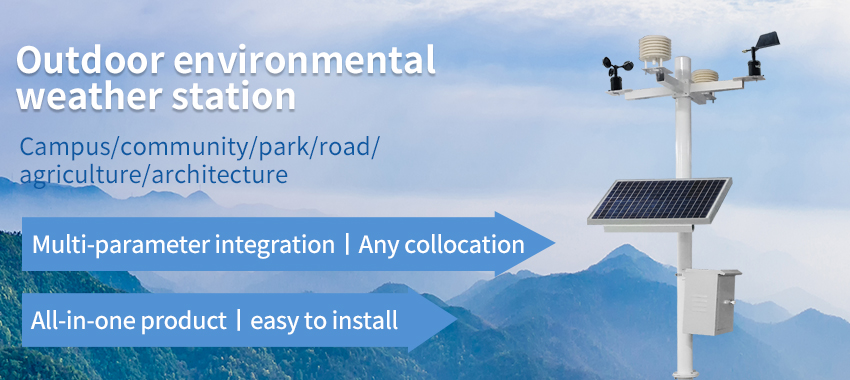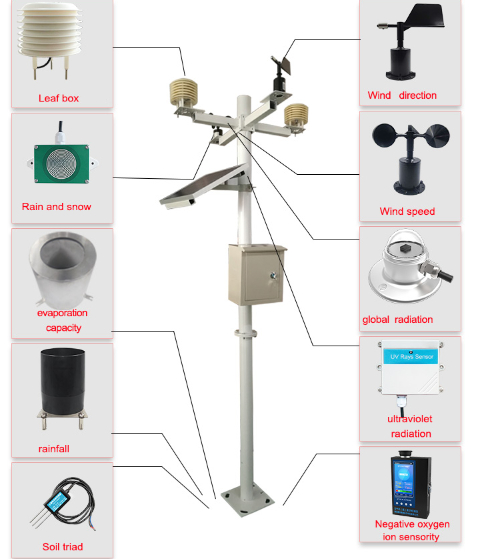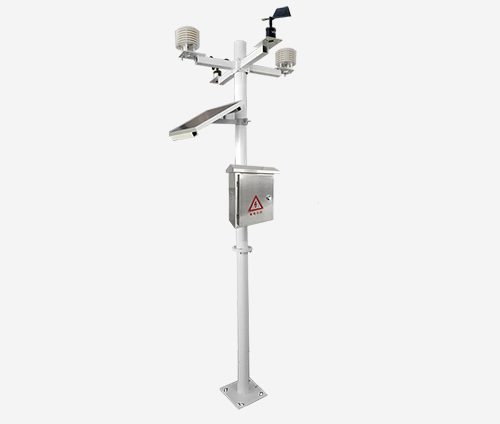Automatic weather station is a device that measures temperature, humidity, pressure, wind speed and other gas parameters, provides real-time weather data. Automatic weather station specializes in weather monitoring and forecasting to support decision making, risk management and emergency preparedness. This paper aims to explore the potential of AWS, their technological features, and their implications for weather monitoring and forecasting.

Automatic Weather Station: Technological Features
Automatic weather station use various technologies to measure meteorological parameters, including thermistors, capacitive sensors, pressure sensors, anemometers, and rain gauges. Thermistors measure temperature by detecting changes in electrical resistance. Capacitive sensors measure humidity by detecting changes in electrical capacitance. Pressure sensors measure air pressure by detecting changes in electrical resistance or capacitance. Anemometers measure wind speed by detecting the rotation of cups or vanes. Rain gauges measure precipitation by detecting changes in weight or volume.

One of the key features of Automatic weather station is their ability to provide real-time data on weather conditions, enabling meteorologists to make informed decisions on weather forecasting, risk management, and emergency preparedness. By providing accurate and up-to-date information on meteorological parameters, AWS can optimize weather monitoring, reduce the risk of weather-related disasters, and improve the resilience of communities to weather events.
Moreover,Automatic weather station can match with other sensors used, to provide a comprehensive understanding of environmental conditions. This integrated monitoring approach can support the development of climate change adaptation strategies, such as drought management, flood control, and ecosystem restoration.
Implications for Weather Monitoring and Forecasting
The integration of AWS has significant implications for weather monitoring and forecasting. Real-time weather data can support decision-making for weather forecasting, risk management, and emergency preparedness. By providing accurate and up-to-date information on meteorological parameters, AWS can enable meteorologists to optimize weather monitoring, reduce the risk of weather-related disasters, and improve the resilience of communities to weather events.
Furthermore, AWS can support the development of weather forecasting models, such as numerical weather prediction models and ensemble forecasting models. By providing high-quality data on meteorological parameters, AWS can improve the accuracy and reliability of weather forecasting, reducing the uncertainty and error associated with weather predictions.
Implications for Climate Change Adaptation

AWS can also play a critical role in climate change adaptation and environmental sustainability. Real-time weather data can support the development of climate change adaptation strategies, such as drought management, flood control, and ecosystem restoration. By providing accurate and up-to-date information on meteorological parameters, AWS can facilitate the optimization of water resource management, land use planning, and ecosystem conservation.
Moreover, AWS can support the development of climate change mitigation measures, such as renewable energy deployment, carbon sequestration, and energy efficiency. By providing information on solar radiation, wind speed, and other meteorological parameters, AWS can facilitate the optimization of renewable energy systems, reducing the use of fossil fuels and greenhouse gas emissions.
Conclusion
In conclusion, automatic weather stations hold great promise for advancing weather monitoring and forecasting. The integration of advanced sensor technologies, data analytics, and climate change adaptation strategies offers new opportunities for understanding weather dynamics and addressing weather-related challenges. By leveraging these technological developments, stakeholders can make informed decisions, implement proactive measures, and promote the sustainable management of weather resources and environmental systems. It is essential for researchers, practitioners, and policymakers to continue harnessing the potential of automatic weather stations to promote weather resilience, environmental sustainability, and climate change adaptation.
